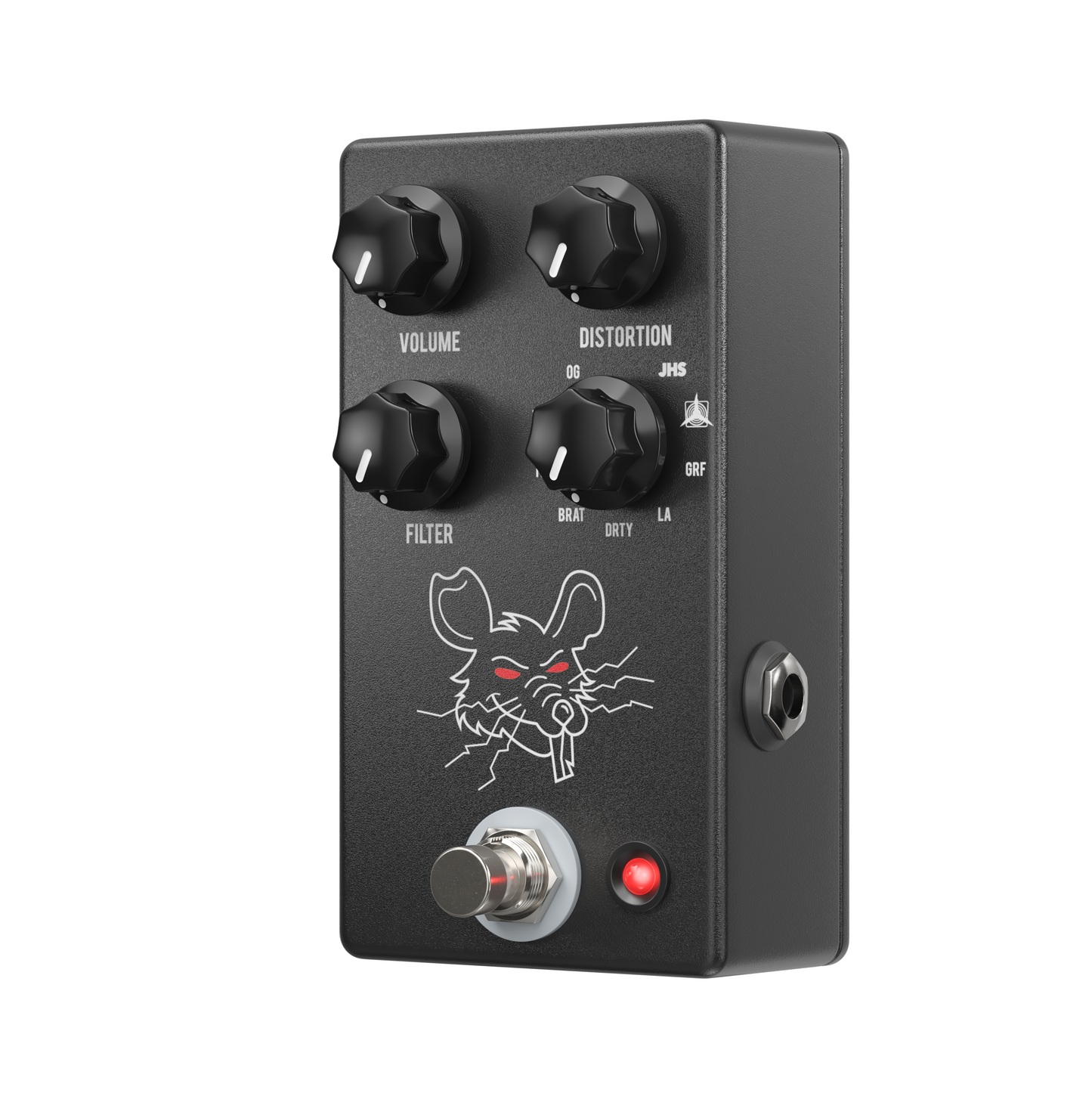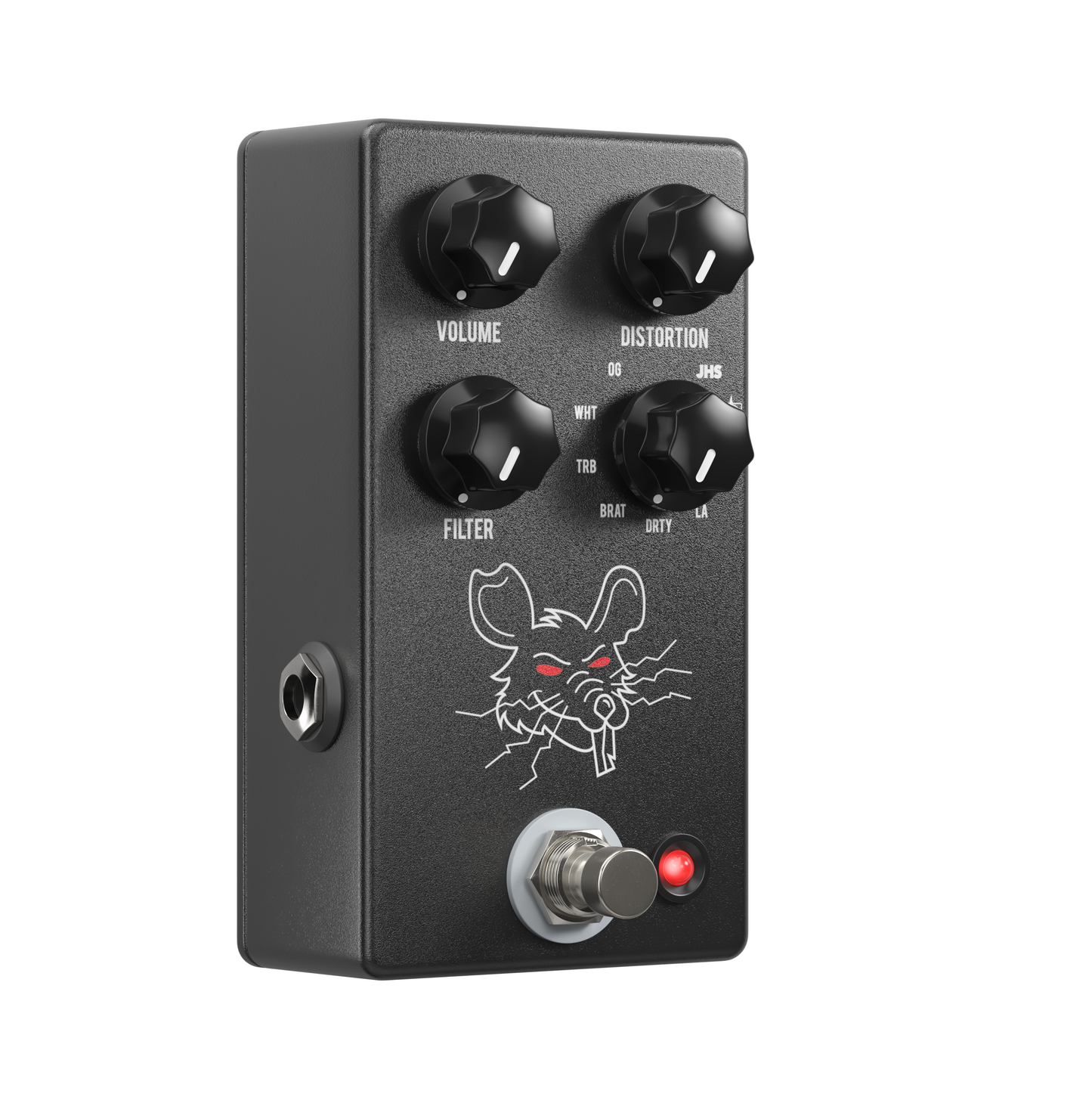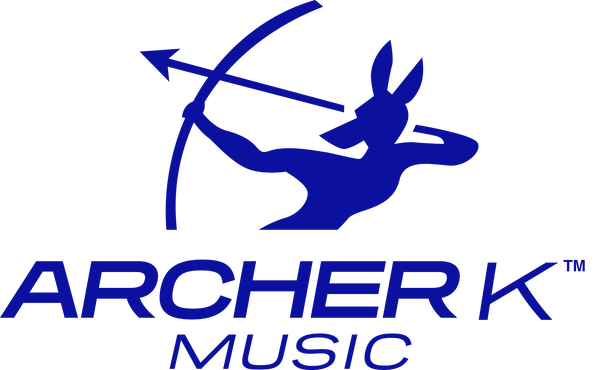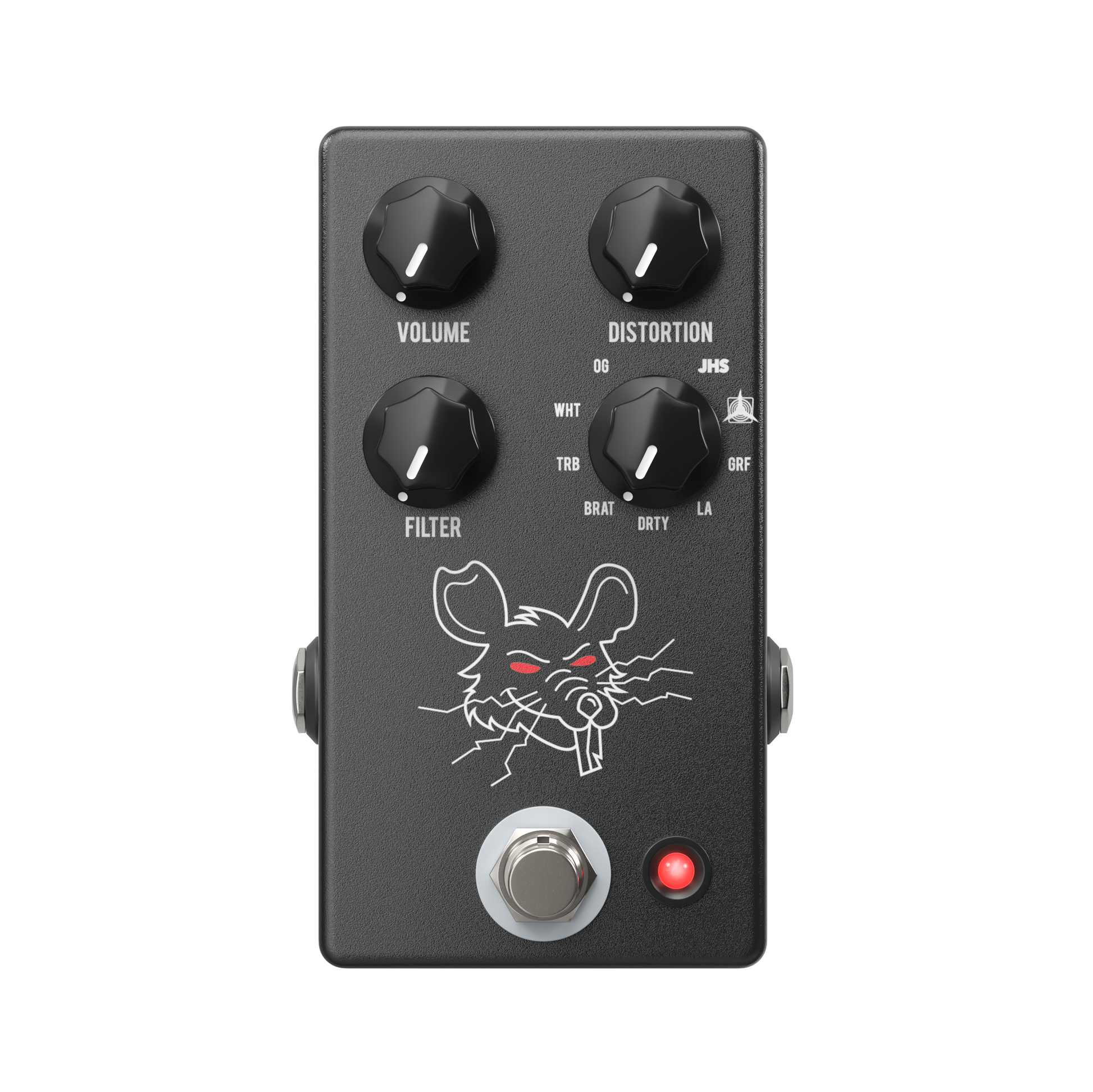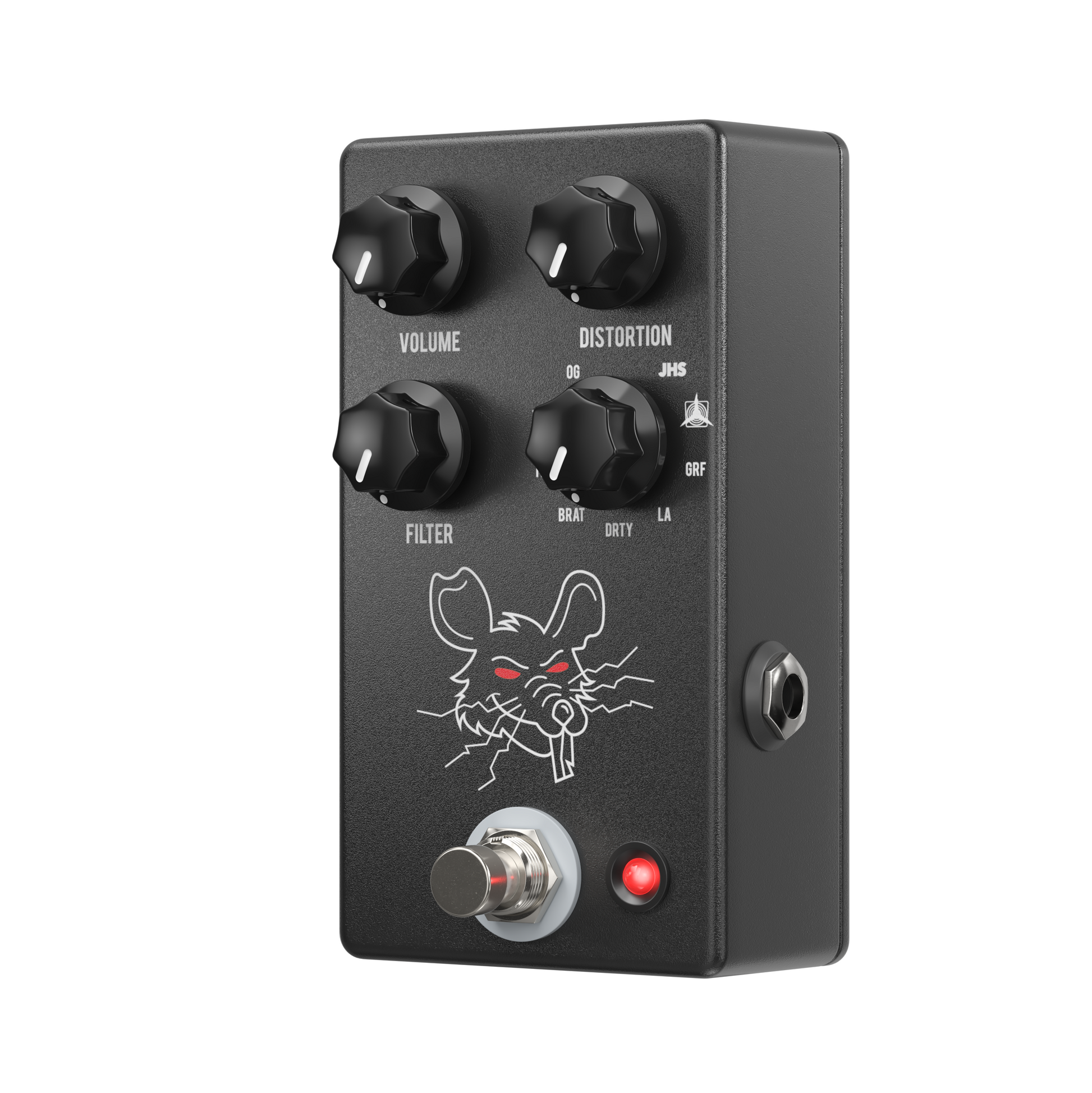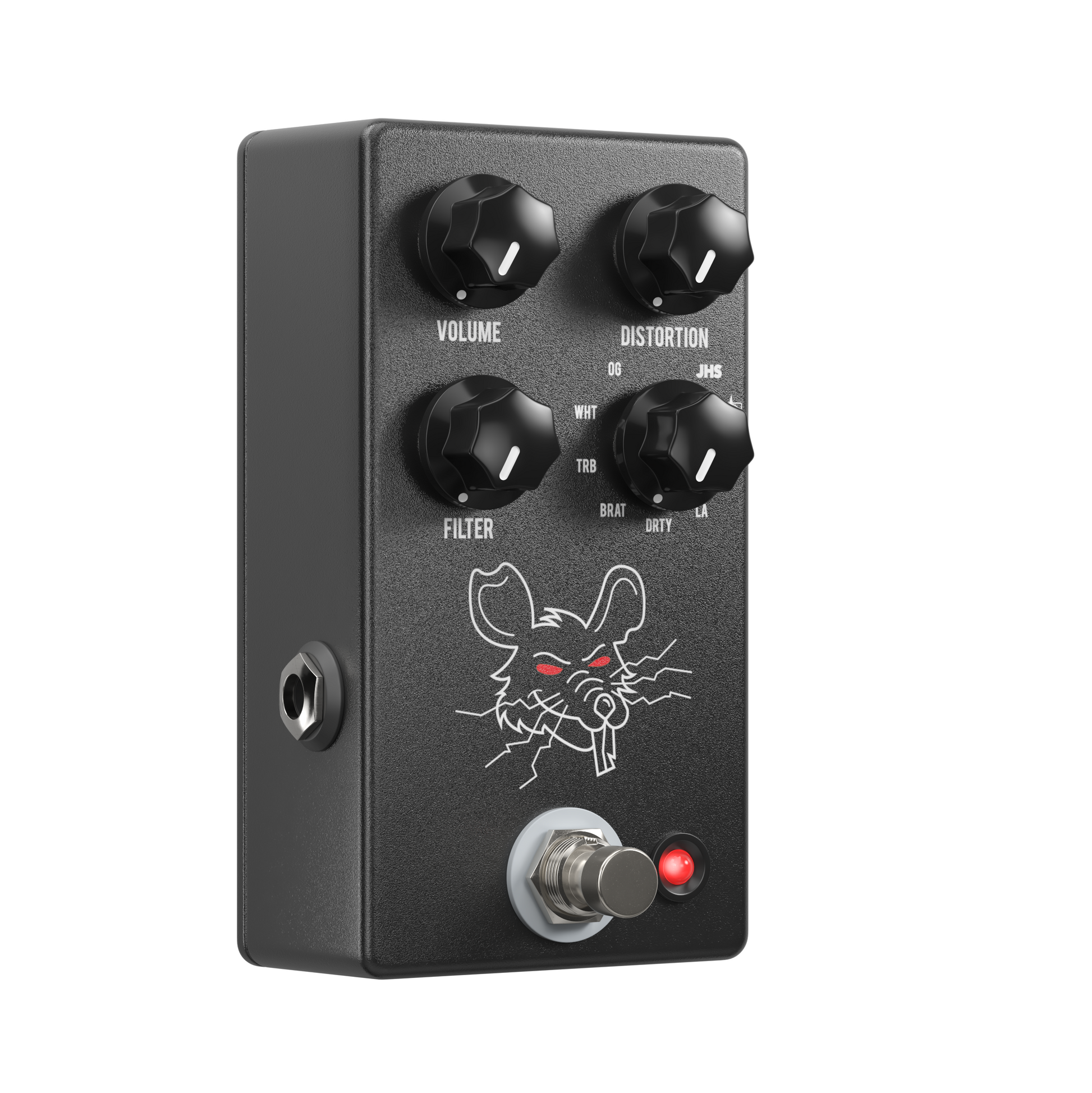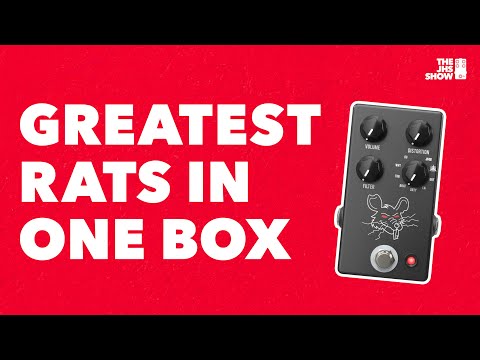JHS
JHS PackRat Distortion
JHS PackRat Distortion
Warranty: 4 years
Low stock: 1 left
Couldn't load pickup availability
The PackRat
In 1978, the most versatile and influential distortion pedal of all time was invented in Kalamazoo, MI: the Proco RAT. Scott Burnham and Steve Kiraly first had the idea after playing, repairing and modifying all the available distortion pedals on the market. They wanted something that didn’t exist in the mainstream product lines like MXR, DOD and BOSS. They wanted a pedal that could go from overdrive to distortion and then all the way to fuzz. By 1979 Scott had perfected the circuit in his RAT-infested basement workshop, and the rest is history.
The PackRat is the ultimate tribute to the 40+ years of rodent evolution and its impact on the guitar’s sound. Artists from every genre have used the iconic tones in this unassuming black box to create their sounds.
Let’s take a look at the controls.
The operation of the PackRat is about as simple as it gets. The “Volume” control adjusts the overall volume of the pedal. The “Distortion” control lets you raise and lower the amount of gain or distortion that the circuit produces, and the “Filter” control allows you to brighten and darken the sound of the overall effect. This is effectively a simple, low-pass filter. Lastly, we have “Mode” control. This is a stepped pot that clicks into place as you scroll through the nine legendary versions of this circuit. As you change the mode, the analog circuitry is rewired.
The PackRat Modes:
1. The OG V1 (1979-83)
The OG mode is a perfect recreation of the first production RATs ever made. This era of roughly four years covers what is referred to historically as the V1 models.
2. White Face V3 (1984-1986)
In 1984, the RAT transitioned into a smaller square enclosure with a new white rectangle logo. The word RAT was in all black caps inside the white rectangle; this model gained the “White Face” RAT nickname due to this aesthetic. In 1986, this same model had a logo change that simply inverted the white and black colors.
3. Turbo V5 (1989)
The heart of the RAT’s tone comes from a design technique called symmetrical hard clipping. In this approach, a simple amplifier circuit amplifies the guitar’s signal and pushes it across a pair of clipping diodes. The result is that these diodes clip off the top of the waveform of the guitar and create a type of square wave distortion.
4. BRAT V6 (1997)
In 1997 ProCo got into the budget pedal game by releasing the BRAT and the Guitar Center exclusive, Roadkill. These two identical circuits with different and very nineties grunge aesthetics have the most changes so far in the evolution of this legendary circuit.
5. Dirty V7 (2004)
In 2002, ProCo released a 2-in-1 RAT pedal called the Deucetone. This pedal allowed you to have two completely separate RATs and activate them independently or stack them together. It also introduced two brand new sounds into the RAT topology: “Clean RAT” mode and “Dirty RAT.”
6. LA (1986)
In 1986, Ibanez released the 10 Series line of pedals that included three RAT style pedals. The Super Product and Fat Cat held the position of accurate and traditional RAT style pedals, while the quirkier LA Metal was, in my opinion, one of the best-modified RAT circuits of the eighties.
7. Landgraff MO’D (1999)
Between 1999-2000, a man named John Landgraff started building pedals by hand in Pensacola, FL. Each one painted with a unique swirl paint job and wired point to point; John’s pedals were and still are the true definition of boutique and gained a reputation for sounding amazing.
8. Caroline (2010)
A few years after starting JHS, I purchased a fascinating distortion pedal from a brand new company out of South Carolina. I remember jumping on the phone and geeking out with the designer and head of the company Philippe Herndon. We talked about the circuit, his love for RATs and his clever take on the circuit. That pedal was called the Wave Cannon and when I started the PackRat project, it was obvious that Philippe was the friend I should bring along for the ride.
9. JHS Mode
In 2003 I managed a tiny guitar shop in Northwest Alabama. One day a man walked in with a vintage Small Box RAT and said he wanted to sell it. When the shop’s owner said he wasn’t interested, I said I was. I bought that RAT for $15, and this is most likely the single event that led me down the pedal collecting rabbit hole. That pedal stayed on my board for a decade, and when I started modifying and building pedals in 2007, I opened it up, learned the circuit and modded it to reflect a different kind of sound.
Specifications:
Power: 9 VDC (centre negative), draws 100 mA current (max)
Share

